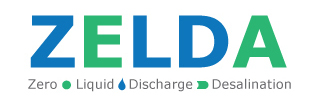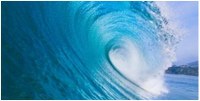The impact indicators have been selected
One of the most important objectives of the Life+ Zelda project is to demonstrate that the innovative brine management process developed will be valuable from an environmental point of view. In that sense, it is highly important to assure that the new solution proposed will be more environmentally beneficial that the current problem that has to be solved. Furthermore, in order that the new process could be more attractive for future potential users, the economical investment has to be reasonable.
To demonstrate the environmental benefits and the economical sustainability of the new brine treatment process, the results obtained in both seawater and brackish water desalination plants will be analysed using standardized and widely accepted Life Cycle Assessment (LCA) and Life Cycle Cost (LCC) procedures and databases.
As a starting point, CTM has performed a deep analysis about the state of the art of the environmental impact in water treatment technologies, focused mainly in electrodialysis, electrodialysis reversal and electrodialysis metathesis. This study has permitted to identify which are the most relevant impact categories evaluated in these studies. As a result, the main objective of task C1.3 has been achieved. Beside, all relevant data from environmental and economic point of view stated in scientific literature has been compiled and will be used as a basis of LCA and LCC models in future work to be undertaken.
The impact indicators selected have been: climate change, ozone depletion, freshwater eutrophication, marine eutrophication, human toxicity, photochemical oxidant formation, terrestrial acidification, metal depletion, fossil depletion, water depletion and cumulative energy demand.
These indicators, which will be adapted in each case of study (seawater or brackish water desalination), will be calculated and monitored throughout the project based on the results obtained during the pilot plant operation. Moreover, each indicator will be evaluated considering the three following functional units: volume of brine treated, volume of freshwater recovered and kg of valuable compound obtained.


